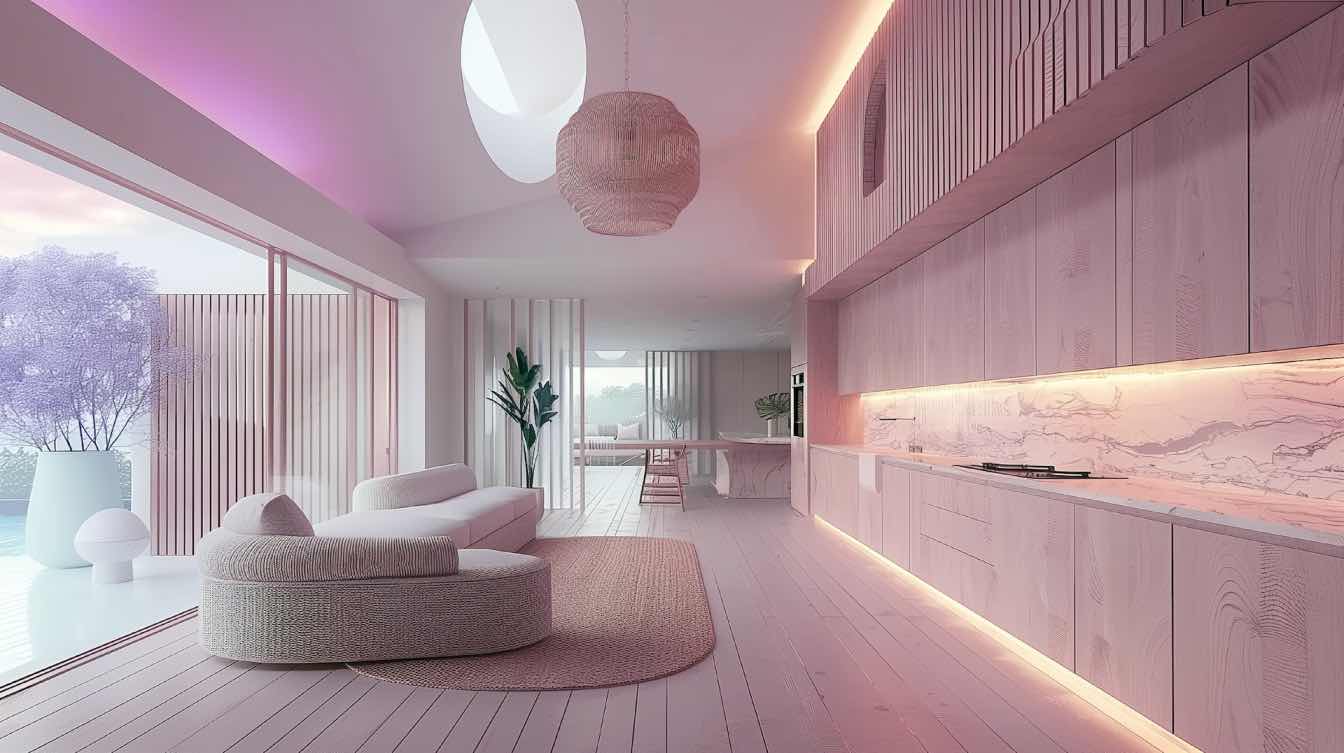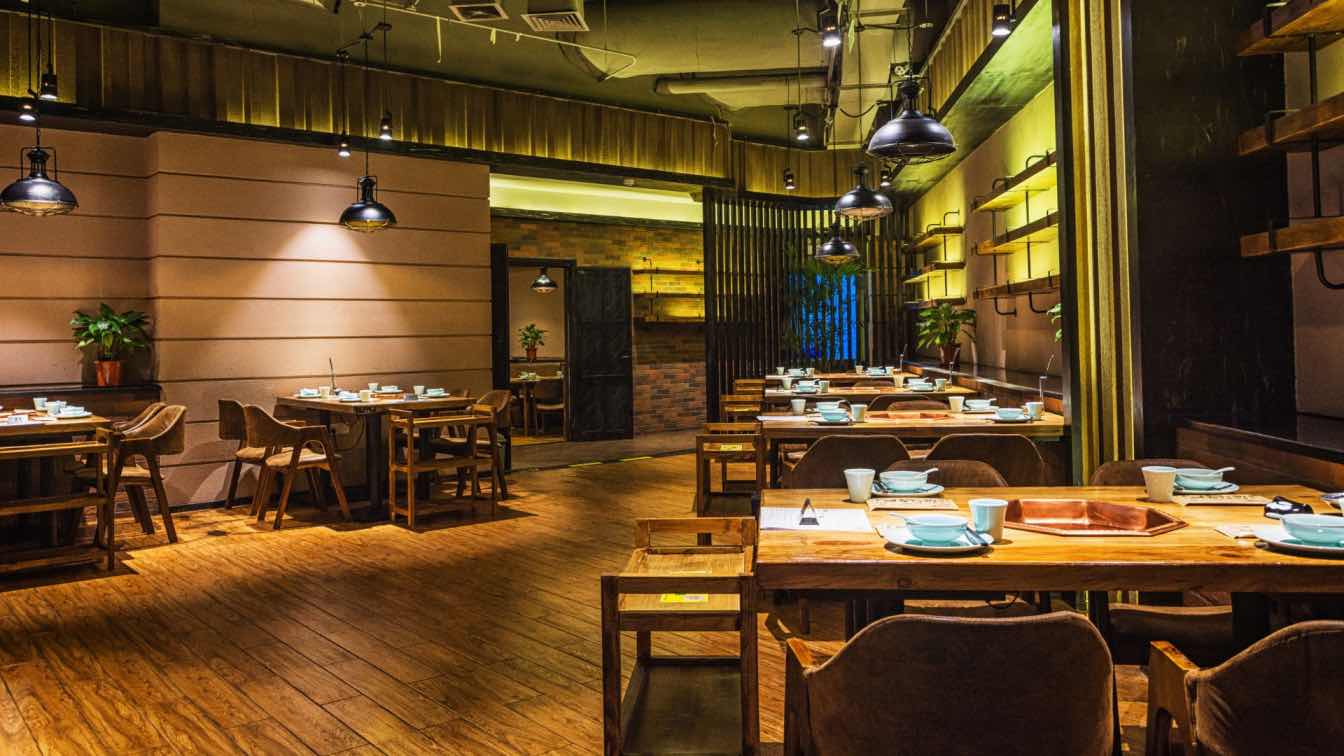As cities expand and population doubles, new infrastructure and clever designs become very important. In 2024, some major cities are making a name for themselves by combining usefulness with aesthetics. Through innovation, they are changing the way people live, guiding them slowly towards new urban design, sustainability and tech-powered spaces.
1. Tokyo, Japan Reinvents Earthquake-Resistant Design
Tokyo has introduced a remarkable architectural project, called the Seismo-Safe Tower. This building uses special damping technology with a mix of fluid harmonics and flexible parts. The goal is to help it absorb earthquake shocks really well, guaranteeing more safety. The architecture of Seismo-Safe not only showcases forward-thinking but also signifies a significant shift in the construction of buildings in earthquake-prone areas.
2. Copenhagen’s Leap Towards Carbon-Neutral Architecture
Copenhagen's focus on being environmentally friendly stands out in its latest finished work, The Green Spire. This is the tallest building in the town that produces no carbon emissions. It has a skin made from reusable materials and has windows that generate power. It sets a standard for other worldwide buildings that hope to make zero emissions in the future. Moreover, this project plan matches with Denmark's national ambition to reduce greenhouse gas emissions by 70% before the year 2030.
3. Singapore Advances with Architectural Integration of Public and Green Spaces
The latest building, Fusion Polis Tower in Singapore, merges public transportation hubs with natural environments. This design project aims to enhance public convenience and promote environmental benefits. The building features a smart skin that adjusts its transparency to optimize light and heat, thereby reducing the need for air conditioning. This is crucial for Singapore's vision of becoming a "City in Nature," focusing on integrating natural elements into urban living through biophilic design.
4. Dubai’s New Skyscraper Sets Benchmark in Wind Energy Utilization
Dubai has announced the completion of the Wind Harness Tower. This skyscraper is exceptionally tall and designed to generate its own power using wind energy. It has special devices known as vertical turbines integrated directly into the building. This represents a significant advancement in utilizing clean energy in large structures. Additionally, this project is part of Dubai's broader strategy to increase its share of renewable energy sources.
5. Berlin, Germany Innovates with Energy-Positive Buildings
Heliotrope is Berlin’s new structure that produces more power than it consumes. It generates electricity using solar panels, eco-friendly construction materials, and a biogas generator. This groundbreaking project has the potential to initiate significant changes in real estate trends. For residents inspired by such sustainable innovations and looking to enhance their own spaces, performing a quick ‘deck builder near me’ search could be a practical step. Berlin also plans to use this project as a benchmark for future developments, aiming to lead in creating buildings that produce more energy than they use, setting a new standard in Europe.
6. Melbourne, Australia Pioneers in Livable Urban Spaces
Melbourne is enhancing its livability by integrating environmental resilience into user-friendly public spaces. The "Green Loop" project exemplifies this approach, featuring a network of connected parks and green roofs designed for urban cooling and recreational activities. This initiative also includes sustainable water management systems, underscoring Melbourne's efforts to combat urban heat and promote community health.
7. Barcelona, Spain Embraces Smart City Innovations
Barcelona is advancing in smart technology integration, particularly with the Smart Lighting Project. This initiative leverages the Internet of Things to optimize energy usage across the city. The best part is that the lighting system adjusts itself based on pedestrian traffic and weather conditions. City planners emphasize that this project is part of a broader ambition to transform Barcelona into a fully smart and connected city.
8. Seoul, South Korea Focuses on Vertical Gardens and Eco-Design
Seoul, a bustling city in South Korea, is changing how buildings look by adding vertical gardens to tall structures. These living, green walls aim to fight air pollution and provide green areas even when the city is very crowded. The community strongly supports this initiative; local surveys show that it positively affects city happiness and the cost of living. These green spots are also slowly going to be incorporated into schools and public facilities.
9. Shanghai, China
Shanghai is setting new standards in urban design with the Lingang New City project. This development focuses on creating a livable, green, and technologically advanced urban environment. It features extensive green belts, smart traffic management systems, and energy-efficient buildings, aiming to balance rapid urbanization with environmental sustainability.
Conclusion
These cities are not only pioneering new building designs; they are also establishing new standards for future city planning. Each project demonstrates a strong commitment to addressing current urban challenges, such as environmental sustainability, public safety, and efficient space utilization. This illustrates how modern cities can fulfill critical environmental needs while accommodating the growing demands of their expanding populations.





